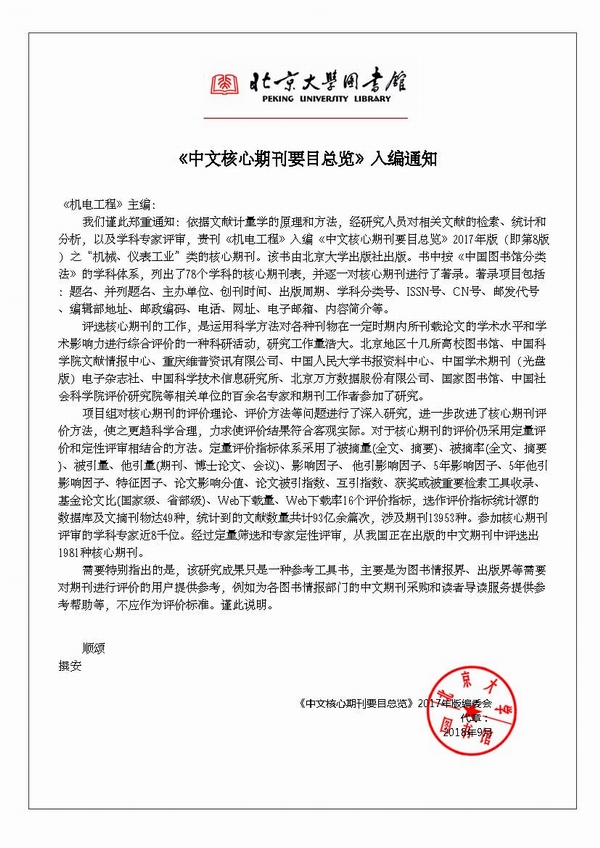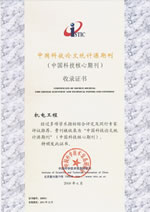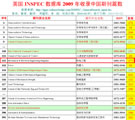
Founded in 1971 >
Chinese Sci-tech Core Periodicals >
British Science Abstracts (SA, INSPEC) Indexed Journals >
United States, Cambridge Scientific Abstract: Technology (CSA: T) Indexed Journals >
United States, Ulrich's Periodicals Directory(UPD)Indexed Journals >
United States, Cambridge Scientific Abstract: Natural Science (CSA: NS) Indexed Journals >
Poland ,Index of Copernicus(IC) Indexed Journals >
International Standard Serial Number:
ISSN 1001-4551
Sponsor:
Zhejiang University;
Zhejiang Machinery and Electrical Group
Edited by:
Editorial of Journal of Mechanical & Electrical Engineering
Chief Editor:
ZHAO Qun
Vice Chief Editor:
TANG ren-zhong,
LUO Xiang-yang
Tel:
86-571-87041360,87239525
Fax:
86-571-87239571
Add:
No.9 Gaoguannong,Daxue Road,Hangzhou,China
P.C:
310009
E-mail:
meem_contribute@163.com
Method for predicting the behavior of friction in lubricated point contact with rough surface
CAO Hai-long1, SHI Jun-ping2
(1.Architectual Engineering Institute, Yan'an University, Yan'an 716000, China; 2.School of Civil
Engineering and Architecture, Xi'an University of Technology, Xi'an 710048, China)
Abstract: Aiming at the contact problem of the connection interface in the lubrication state, the friction characteristics of the hydrodynamic oil film and the rough surface were studied, and a method for estimating the friction behavior of the point contact rough surface was proposed. First, based on the idea of load distribution, the friction model of rough surface was established. The maximum contact pressure in the Hertz theory was used to calculate the contact load of the rough surface, when the height distribution of asperities was assumed as the Gaussian distribution, the exponential distribution and the triangular distribution, respectively. Then, the load assumed by the hydrodynamic oil film was solved by the central film thickness equations. Finally, the velocity-friction coefficient curves was plotted to simulate the change in the friction coefficient of the joint interface during the entire lubrication process. The results show that the simulation result is in good agreement with the results of test and different normal loads, rough surface topography, lubricant viscosity and height distribution of asperities have different effects on the friction coefficient. In particular, the simulation results are closer to the experimental data when the height distribution of asperities is assumed to be Gaussian distribution. This method provides a theoretical basis for predicting the lubrication state of the mechanical structure.
Key words: joint surface; point contact; load distribution; friction coefficient








